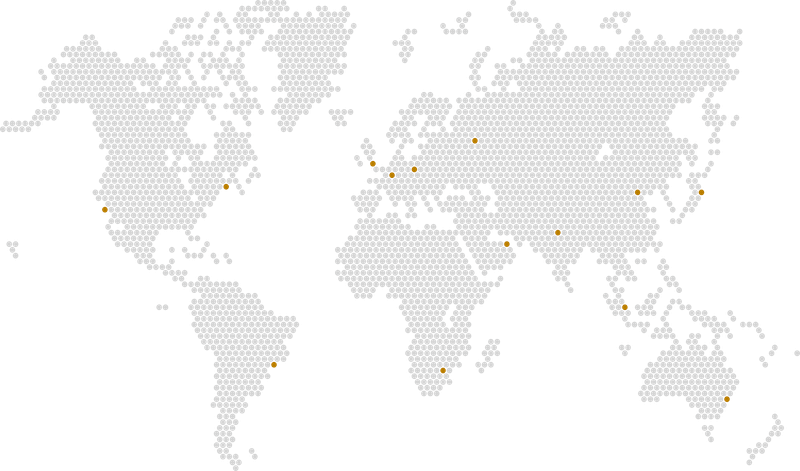
Obsolete inventory, also known as dead stock, is a silent killer for SMEs. It ties up capital, takes up valuable warehouse space, and incurs holding costs. Obsolete inventory is defined as stock that is unlikely to be sold or used in the future, such as outdated models, expired goods, or excess items from old projects. It’s not just “slow-moving,” it’s “no-moving”. The good news is that you can take immediate steps to address this problem.
The Hidden Costs of Obsolete Inventory:
- Tied-Up Capital: Money that could be invested elsewhere.
- Storage Costs: Expenses for rent, utilities, and labor to manage the stock.
- Obsolescence Risk: The value of the stock continues to decline.
- Disposal Costs: It can be expensive to get rid of obsolete items.
- Reduced Space: Less room for profitable, fast-moving items.
Quick Tips to Identify and Reduce Obsolete Inventory:
- Define “Obsolete” Clearly: Establish clear criteria, such as “no sales in 12 months” or “past expiration date”. This provides a clear trigger for action and consistency.
- Regular Inventory Audits & Analysis: Conduct frequent physical counts and compare them to system records. Use your WMS/ERP or a spreadsheet to identify items with low or zero movement over a set period. Early detection prevents small problems from becoming large ones.
- Implement a “First-In, First-Out” (FIFO) System: Ensure older stock is moved out before newer stock. This is especially crucial for perishable goods but is a good practice for all items. This system reduces the likelihood of stock aging into obsolescence.
- Aggressive Liquidation Strategies: Don’t hold onto dead stock hoping for a miracle. Consider discounts, bundles with popular items, or donations for tax benefits. If no other option exists, dispose of the items responsibly. These strategies can help you recoup some capital and free up space quickly.
- Improve Demand Forecasting & Procurement: Analyze historical sales data, consider seasonality, and communicate with sales teams. Adjust purchasing habits to align more closely with actual demand to prevent future accumulation of obsolete stock.
UpKaizen’s Role: Proactive Inventory Optimization
We help SMEs implement robust inventory management processes. Our expertise ensures you not only reduce existing obsolete stock but also prevent future accumulation. We focus on practical steps that deliver a measurable ROI.
Conclusion:
Obsolete inventory is a drain on your SME’s resources. By taking proactive steps and implementing smart strategies, you can free up capital, optimize space, and boost your bottom line.
Ready to clear out your dead stock and optimize your inventory?
Contact UpKaizen for a practical inventory assessment.
Subscribe To Our Newsletter
Join our community of like-minded Operational Excellence enthusiasts and subscribe to our newsletter for the latest trends, expert insights, and exclusive content delivered straight to your inbox. Let’s connect, explore and discover excellence in every step.





